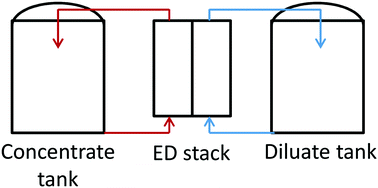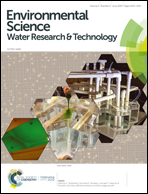On the electrical operation of batch electrodialysis for reduced energy consumption
Abstract
The cost of desalination using electrodialysis (ED) may be decreased by lowering the electrical energy consumption. This can be done by improving the operating conditions of ED systems. For a fixed application, the total amount of salt that needs to be transported, or the duty, is roughly fixed. For a fixed system size and a fixed duty, the optimal operation can be guided by the theorem of equipartition of entropy generation. This paper examines the improved operation of a batch ED system for the desalination of brackish water and seawater, and for the concentration of high-salinity brine. Energy consumption is compared for three operating conditions: constant applied voltage, constant current, and constant entropy generation. The work then considers the effect of improved operation on the energy consumption and on the non-pumping system costs of batch ED at various cost factors by using a simple cost model. Significant improvements to energy consumption and cost are shown to be achievable through better system operation, especially for the seawater desalination application and when fixed costs are low relative to energy costs.



 Please wait while we load your content...
Please wait while we load your content...